The relationship between US financial policy and Bitcoin prices has become increasingly evident as institutional adoption of cryptocurrencies grows. While Bitcoin was initially envisioned as a decentralized asset independent of traditional financial systems, its price movements have shown significant correlations with macroeconomic factors, particularly monetary policy decisions by the Federal Reserve. Interest rate changes, inflation control measures, and liquidity injections have all played a role in shaping Bitcoin’s market behavior, influencing investor sentiment and capital flows.
The Impact of Interest Rate Policies
One of the most direct ways US financial policy affects Bitcoin is through interest rate adjustments. Historically, Bitcoin has reacted negatively to rate hikes, as higher interest rates reduce liquidity in financial markets and make traditional assets like bonds more attractive compared to riskier investments like cryptocurrencies. Conversely, rate cuts tend to boost Bitcoin’s appeal, as lower borrowing costs encourage speculative investments and increase demand for alternative assets. The Federal Reserve’s aggressive rate hikes in 2022 and 2023 led to a prolonged downturn in Bitcoin prices, while expectations of rate cuts in 2024 have fueled optimism among investors.
Inflation and Bitcoin’s Role as a Hedge
Bitcoin has often been described as “digital gold”, with proponents arguing that it serves as a hedge against inflation. However, empirical data suggests that Bitcoin’s correlation with inflation is complex. While periods of high inflation have historically driven interest in Bitcoin as an alternative store of value, its price has also been influenced by broader market liquidity conditions. The COVID-19 pandemic saw unprecedented monetary stimulus, leading to inflationary pressures and a surge in Bitcoin’s price. However, as the Federal Reserve tightened monetary policy to combat inflation, Bitcoin experienced significant corrections.

Institutional Adoption and Market Dynamics
The increasing presence of institutional investors in the crypto market has further strengthened Bitcoin’s correlation with traditional financial assets. Research indicates that Bitcoin’s price movements have become more aligned with equity markets, particularly during periods of economic uncertainty. Institutional investors treat Bitcoin as part of a diversified portfolio, meaning its price is influenced by broader risk sentiment rather than purely crypto-native factors. This trend challenges the notion that Bitcoin operates independently of traditional financial systems and highlights its growing integration into mainstream investment strategies.
Liquidity and Market Volatility
US financial policy also impacts Bitcoin through liquidity conditions. During periods of quantitative easing (QE), when the Federal Reserve injects liquidity into the economy, Bitcoin tends to benefit from increased capital inflows. Conversely, quantitative tightening (QT) reduces market liquidity, leading to price declines. The crypto market’s reaction to liquidity shifts underscores Bitcoin’s sensitivity to macroeconomic trends, reinforcing its status as a speculative asset rather than a purely inflation-resistant store of value.
Future Outlook: Policy Shifts and Bitcoin’s Evolution
Looking ahead, Bitcoin’s correlation with US financial policy is likely to persist as regulatory frameworks evolve and institutional participation increases. The 2025 US presidential administration’s stance on digital assets will play a crucial role in shaping market sentiment and regulatory clarity. Additionally, advancements in Bitcoin ETFs and crypto-friendly financial policies could further integrate Bitcoin into traditional markets, making its price movements even more dependent on macroeconomic conditions.
Broader Implications: Bitcoin and Global Financial Policy
Beyond the direct impact of US financial policy, Bitcoin’s role in global financial markets is expanding. As central banks worldwide explore digital currencies and alternative monetary policies, Bitcoin’s decentralized nature continues to attract attention as a hedge against economic instability. Countries experiencing currency devaluation, such as Argentina and Turkey, have seen increased Bitcoin adoption, reinforcing its position as a borderless asset resistant to local monetary fluctuations. The interplay between Bitcoin and traditional financial institutions will shape its future trajectory, making macroeconomic literacy increasingly essential for crypto investors.




